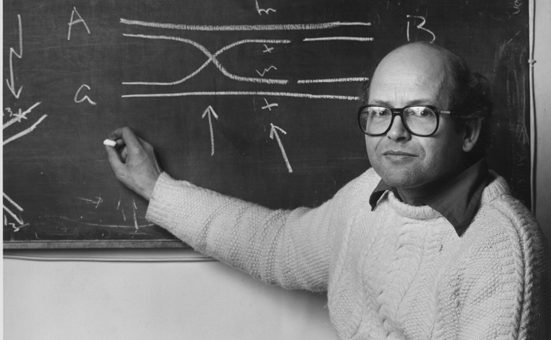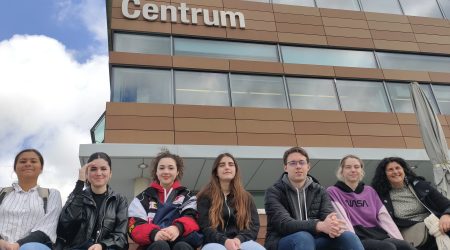Robin Holliday FRS (1932 – 2014)

Colleagues at the John Innes Centre are saddened by the death of Professor Robin Holliday FRS, who died aged 81 at his home in Australia in April, 50 years after he published what is described as the seminal model for DNA recombination.
Robin Holliday was a postdoctoral researcher at the John Innes Horticultural Institution (JII) between 1958-1965.
He carried out work on recombination in the fungus Ustilago maydis at the JII, developing ideas that would lead to a model of DNA recombination termed the Holliday Junction.
This influential model was experimentally validated and continues to guide thinking in the field. He also identified some of the first mutants defective in DNA repair and recombination.
His discoveries are fundamentally important to the work of the present-day John Innes Centre, as crop improvement by breeding and the identification of genes is based on analysis of recombination events.
Robin Holliday is one of several illustrious geneticists who have worked at the John Innes and its successor organisations. These include;
- William Bateson, an early populariser of Mendelism who co-discovered genetic linkage
- Rowland Biffen who first applied Mendelian principles to crop improvement
- JBS Haldane who developed mathematical theories for genetics that helped establish the modern evolutionary synthesis of gradual evolution by discrete genetic changes
- Cyril Darlington whose cytogenetic work on chromosome dynamics during germ cell formation identified key mechanisms governing heredity
- Kenneth Mather who developed statistical approaches to genetic analyses
- Ralph Riley whose cytogenetic work identified the chromosomal basis of wheat genetics and crop improvement
- David Hopwood whose pioneering work on the bacteria Streptomyces genetics led to the discovery of many new antibiotics


